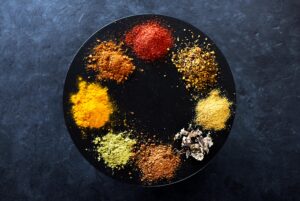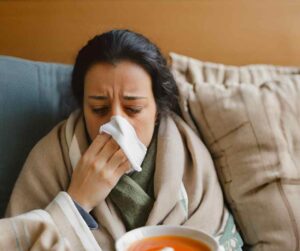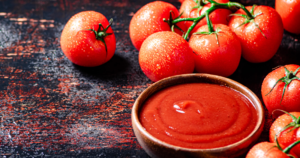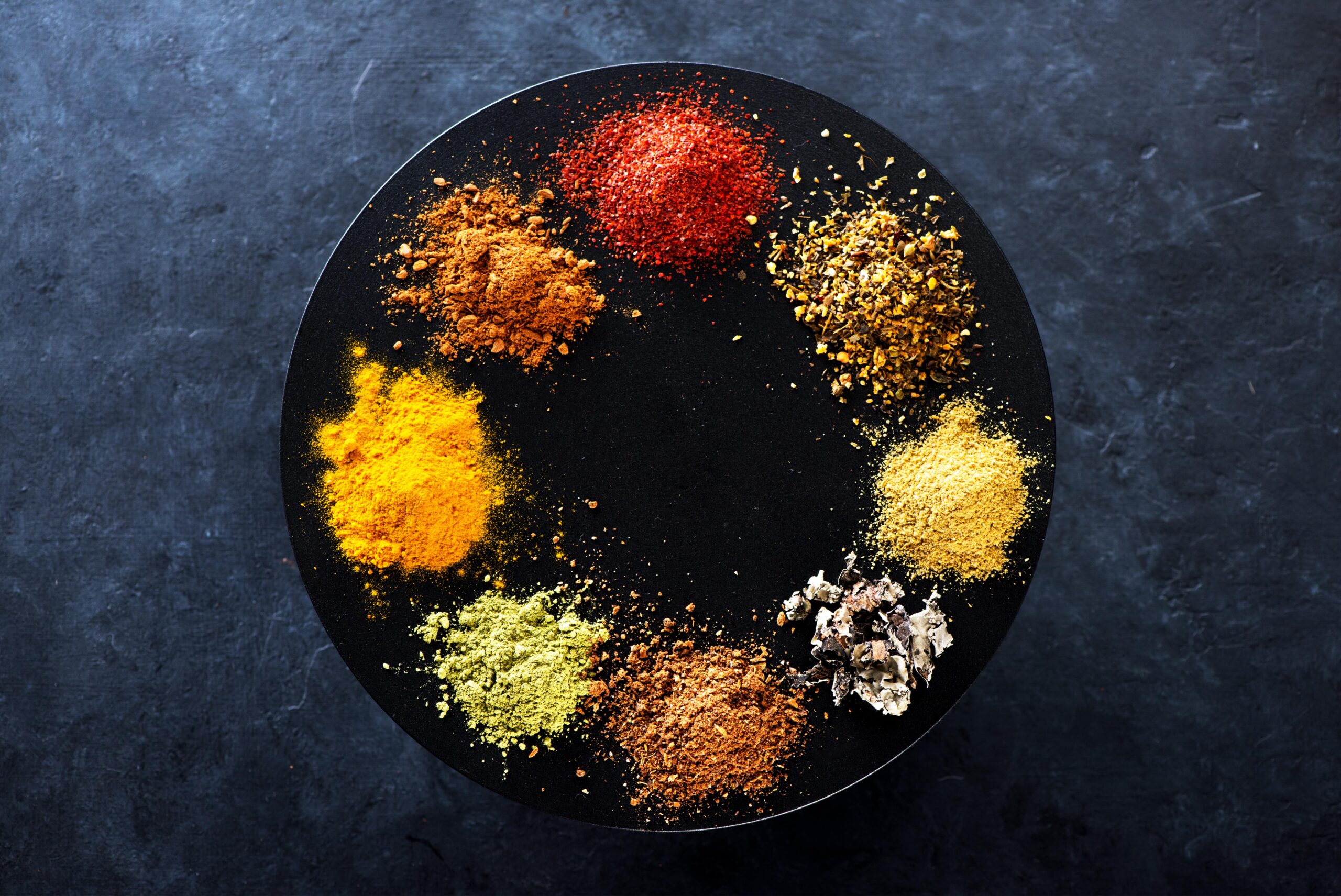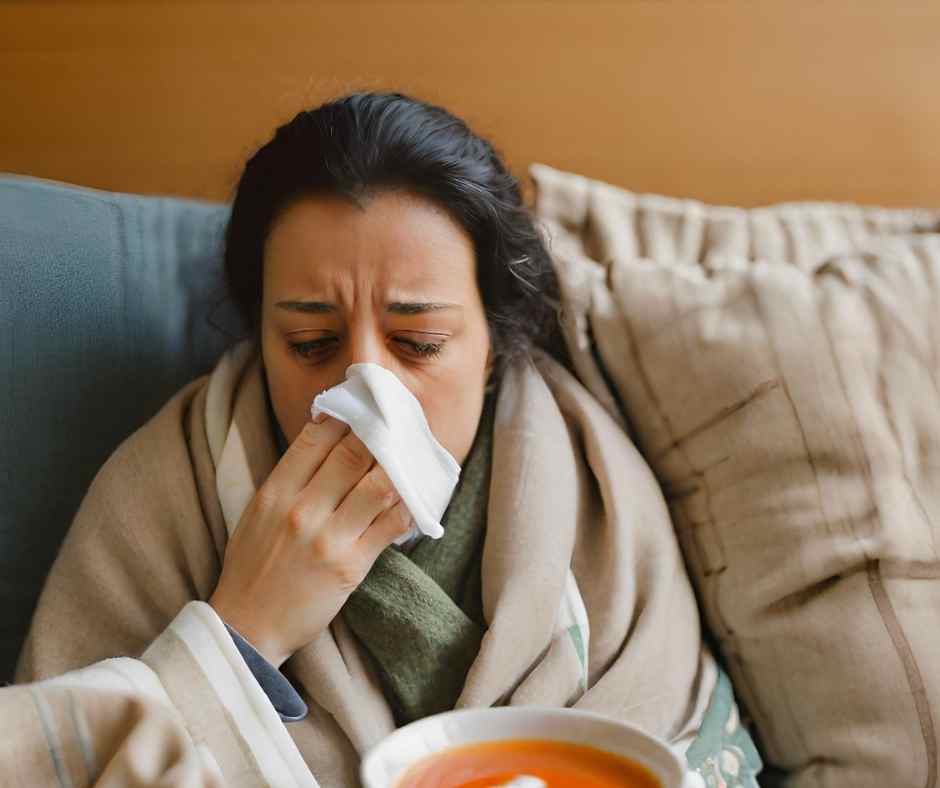According to the Centers for Disease Control and Prevention (CDC), 1 in 10 Americans have some form of liver disease. About 25 percent of Americans have some degree of non-alcoholic fatty liver disease (NAFLD). NAFLD is the buildup of extra fat in the liver cells that is not caused by alcohol. The liver is supposed to contain some fat, but if more than 5 to 10 percent of the liver’s weight is fat, then it is called a fatty liver.
A common cause of liver inflammation is an entity called NASH. This stands for NonAlcoholic SteatoHepatitis. NASH comes from prolonged NALFD– NonAlcoholic Fatty Liver Disease.
Risk factors associated with NAFLD include: eating excess calories resulting in being overweight, obese, acquiring diabetes and high cholesterol/high triglycerides. As we see with many disease conditions, poor eating habits can lead to this disease. Rapid weight loss can be associated with fatty liver as well.
Most people with NAFLD do not have symptoms. If symptoms do occur they come in the forms of fatigue, weight loss, nausea, abdominal pain, jaundice, weakness, itching, edema, and mental confusion which are signs and symptoms of cirrhosis/liver failure. Blood tests and ultrasounds can determine if a person has NAFLD.
If a person has fatty liver disease and goes untreated, he or she runs the risk of active liver inflammation which is then called – non-alcoholic steatohepatitis or NASH. Persistent abnormal liver inflammation can progress to scarring and atrophy of the liver. NASH is becoming the primary reason for liver transplant and end stage liver disease in the United States.
When a person has fatty liver disease, they do have an accumulation of excess fat in the liver, but that does not mean there is any damage to the liver yet. Through dietary changes, a person can help manage NAFLD and NASH with reversal or inhibiting any further damage. Data has shown that taking statin medication can reverse the inflammation as well as reduce the changes that lead to cirrhosis.
Here are some dietary suggestions to help manage NAFLD:
- Replace fatty red meat and whole dairy foods with fish, baked chicken or turkey, and low-fat dairy.
- Avoid fried foods.
- Eat fruits, vegetables, and wheat and bran products; these foods are filled with vitamins, minerals and fiber to control further damage in the liver.
- Cut back or cut out alcohol.
- Avoid foods with added sugar, sodium, and fat.
If you think you may be at risk for fatty liver disease, it’s best you reach out to a doctor who can access your current diet, symptoms (if any), risk factor, and medical history. Dr. Kordonowy of Internal Medicine, Lipid, & Wellness can test the enzymes in your liver, and give you a dietary assessment. To book an appointment, click here or call 239-362-3006, ext. 200.

